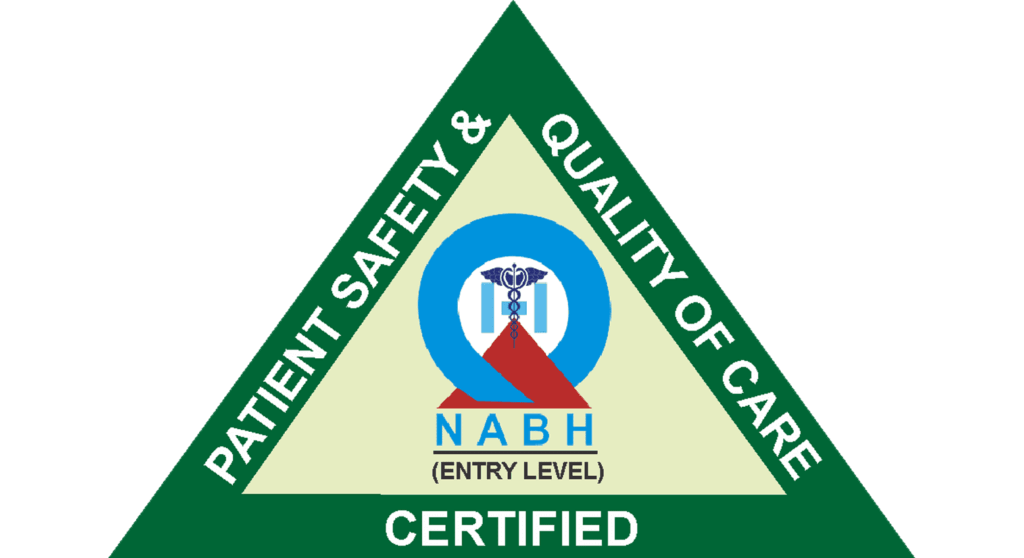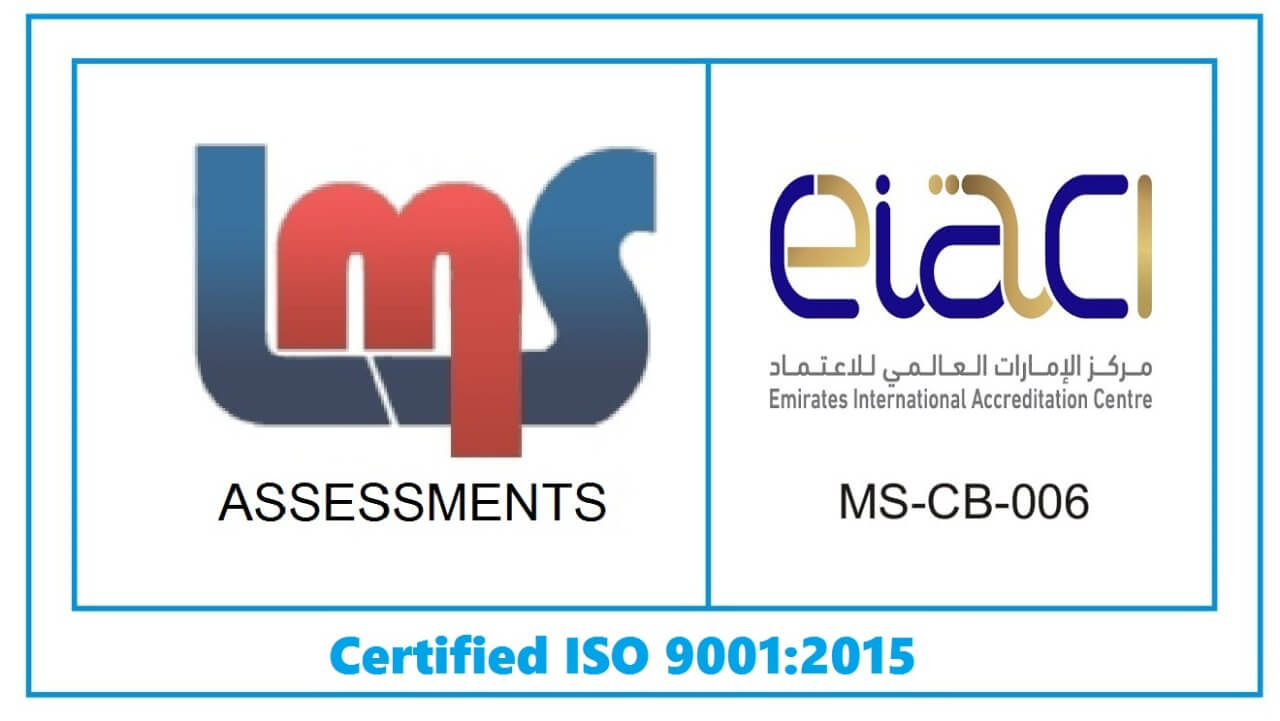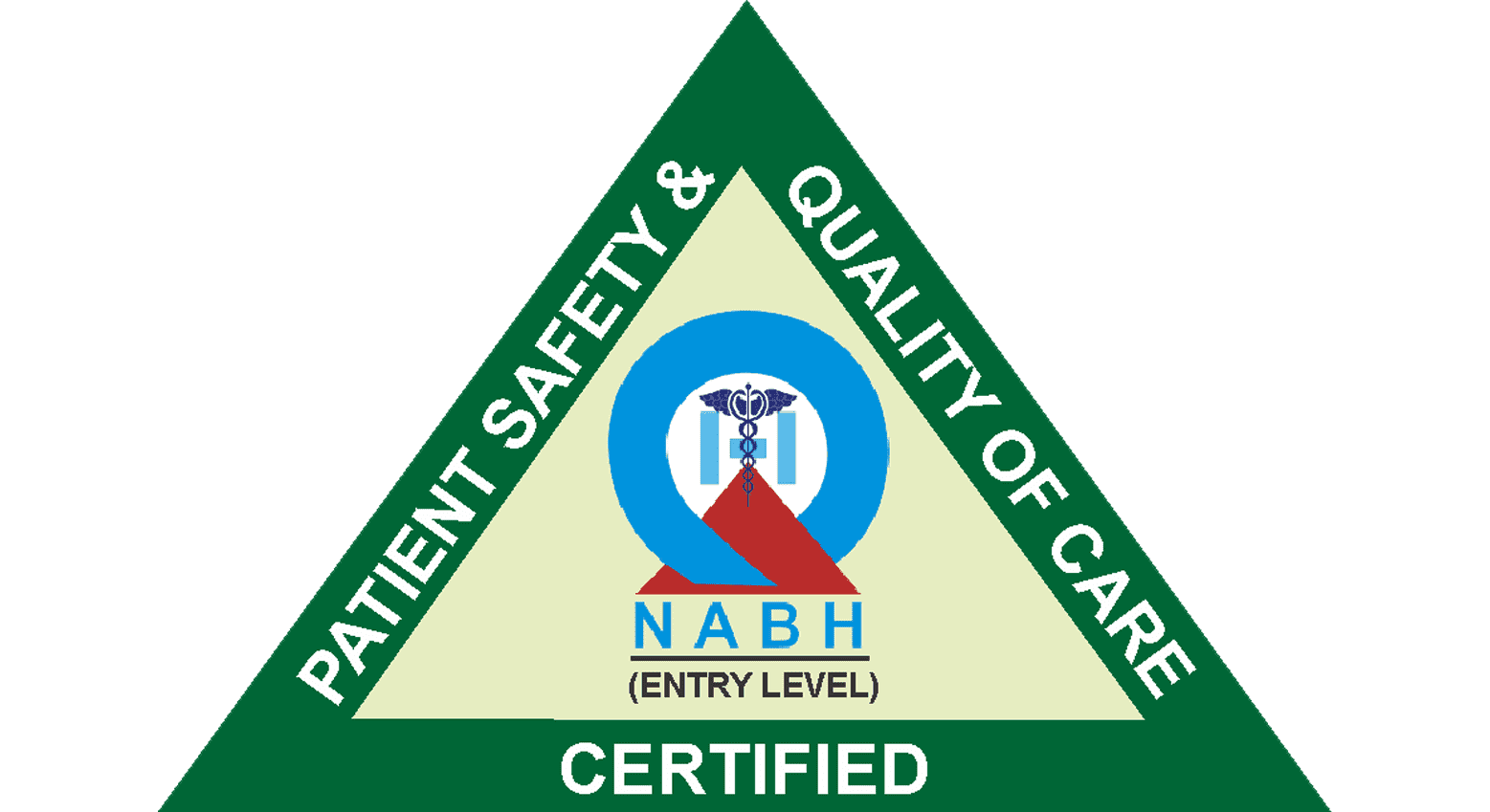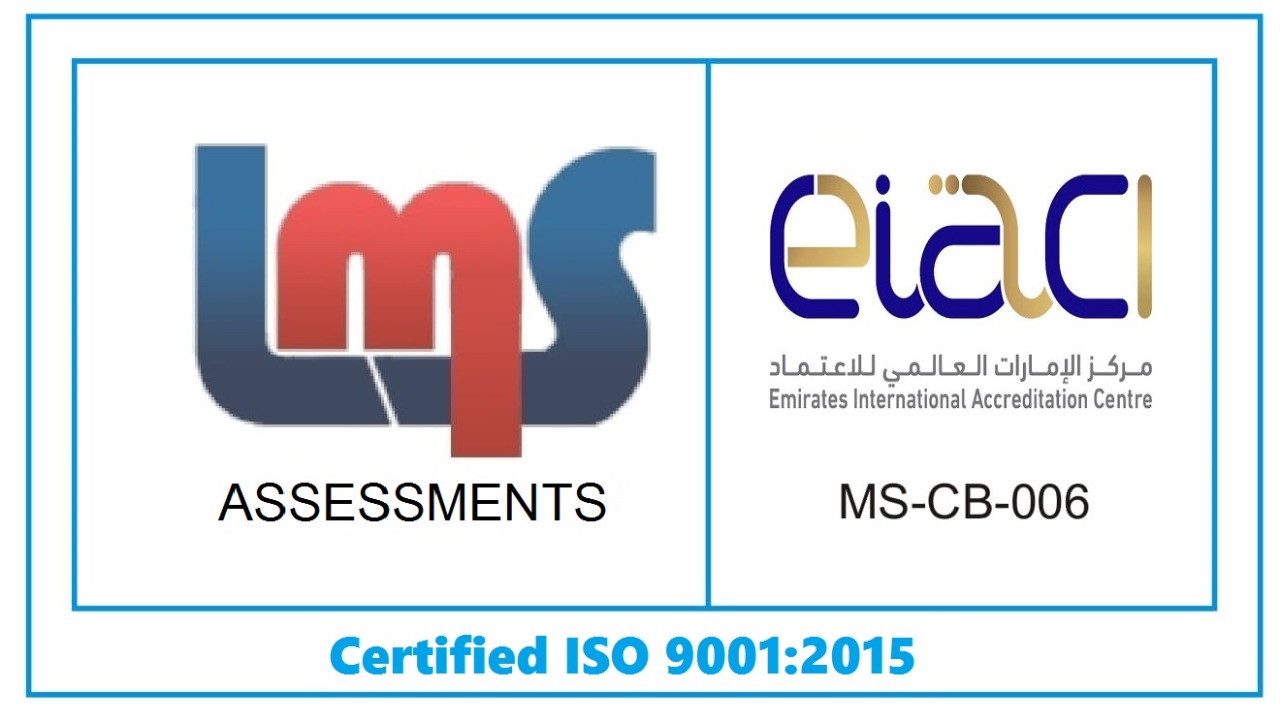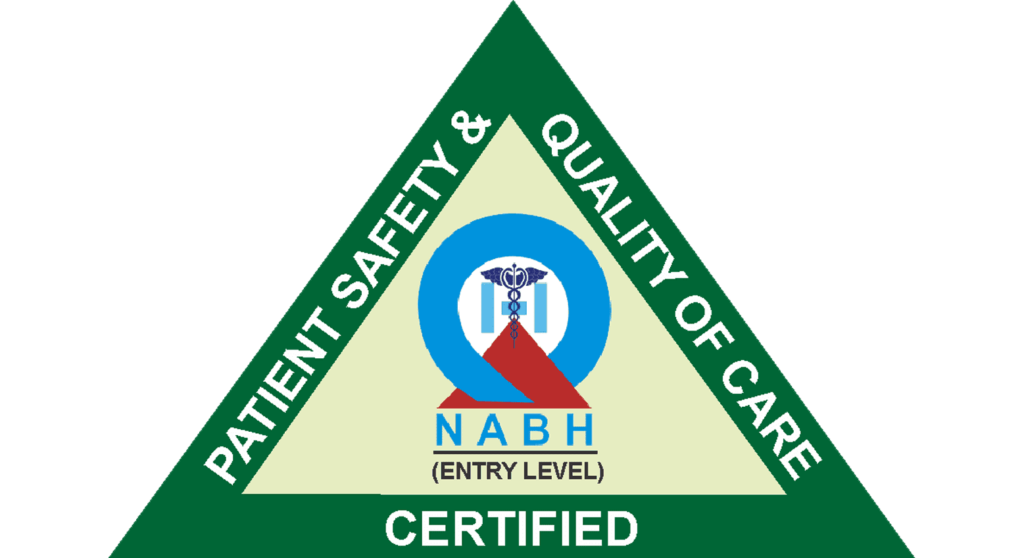
Laser-Assisted In Situ Keratomileus abbreviated as LASIK surgery has emerged as a revolutionary solution for vision correction, liberating countless individuals from the shackles of glasses and contact lenses. There is nevertheless an important debate ”LASIK surgery blade vs bladeless” going on in the field of lasers with regard to which traditional LASIK Blade and more advanced bladeless LASIK can be used. This blog will examine the intricacies of LASIK surgery in this context, focusing on the importance of blade versus edgeless debate.
What Happens in a LASIK Procedure?
A surgically designed procedure is executed to reshape the cornea, correcting common refractive errors such as nearsightedness, farsightedness, and astigmatism. Intervention is made by creating a corneal flap, exposing the underlying corneal tissue, and utilizing a laser to reshape it for improved visual acuity.
Importance of Precision in Vision Correction
The precision of the procedure is paramount in achieving accurate and lasting results which directly corresponds to the use of either the traditional microkeratome blade or an advanced bladeless femtosecond laser, even minute errors can have an impact on visual outcomes. To achieve the desired correction of refractive error, reduce reliance on corrective lenses, and improve overall visual clarity it is necessary to perform corneal reshaping with precision. The discussion considers the difference between blade and bladeless LASIK along with the advantages and disadvantages of this time-tested approach, both in terms of its efficiency and limitations.

What is Blade LASIK Eye Surgery?
The traditional LASIK method uses a microkeratome blade, a mechanical device with a blade, to create the corneal flap. Microkeratome slices the cornea with a precise cut, exposing tissue for laser correction. In the field of LASIK, this approach is well-established and has been successfully carried out millions of times. There is a strong historical context that accounts for its primary use as a reliable, accepted efficacy, and widely practiced technique in the field of refractive surgery.
Advantages and Disadvantages of Blade LASIK
Although blade LASIK has a good probability of successful surgeries, it is subjected to potential pros and cons. Firstly, the advantage is on the end of cost-effectiveness and proven records of success, while the drawbacks include potential flap irregularities and an extended recovery period.
What is bladeless LASIK Eye Surgery?
An advanced approach also known as FemtoLASIK, differentiates itself from the traditional method and employs the Femtosecond laser technology replacing the microkeratome blade. In this advanced method, which produces corneal flap with unparalleled precision, ultrafast laser pulses are used. Bladeless LASIK, driven by its safety profile and beneficial outcomes for patients, has seen an increase in adoption throughout the years. The general experience of patients remains enhanced by better laser speed, a more accurate tracking system, and ongoing research.
Dissecting the use of Femtosecond Laser Technology: The Femtosecond laser technology, which operates at extremely short pulse frequencies, is the driving force behind bladeless LASIK. These pulses provide surgeons with a highly accurate corneal incision which gives extraordinary precision to the flap. Unlike the microkeratome blade, the use of laser here ensures precise flap thickness and shape consistency that is suitable for an individual patient’s unique eye characteristics.
Advantages of Bladeless LASIK:
- Improved precision: Femtosecond lasers provide a degree of accuracy that is superior to traditional blade techniques. The result is a more precise establishment of the cornea flap and subsequently laser correction, which contributes to increased visual results.
- Decreased complication risks: the risk of complications due to conventional laser approaches is reduced by bladeless LASIK. The laser’s controlled and noninvasive nature reduces the risk of irregular flaps, a common concern for blade LASIK.
- Faster healing: More comfortable recoveries are commonly observed in patients treated with bladeless LASIK. The laser therapy facilitates a reduction in discomfort and shortens recovery time, making it possible for individuals to return to normal activities sooner.
- Customization: Due to the flexibility of Femtosecond lasers, corneal flap can be precisely tailored according to individual eye characteristics, which also contributes to better vision correction outcomes.
Disadvantages of Bladeless LASIK:
Higher Initial Costs: bladeless LASIK has one significant drawback compared to conventional laser treatments, which is its higher initial costs. Advanced technology and precision come at a premium, which is reflected in the overall cost of surgery.
Difference between blade and bladeless LASIK
Blade LASIK and bladeless LASIK differ in their surgical tools used to approach a refractive error and its correction.
- Precision: Because of the Femtosecond laser’s ability to make a very precise flap in the cornea, bladeless LASIK is known for its superior accuracy. Compared to mechanically cutting a microkeratome blade in the conventional LASIK procedure, this precision contributes to sharper vision correction results.
- Procedure:In LASIK, the microkeratome blade precisely cuts the cornea to expose the tissue for laser correction. In contrast, Bladeless LASIK uses laser pulses to create delicate corneal flaps that provide enhanced customization and reduce the risk of mechanical blade complications.
- Safety:Given the reduced risks of flap irregularity and lower likelihood of postop complication, bladeless LASIK is often considered to be safer. The risk of flap issues associated with LASIK may be slightly increased due to the properties of the blade in traditional LASIK
Which is better blade or bladeless Lasik: Decoding the Dilemma
The Blade LASIK, which has been based on past success, claims to be cost-effective and proven efficient. Those seeking more cost-effective options with a well-established record of success may opt for the conventional blade LASIK. On the flip side, bladeless LASIK is often favored for its superior precision, minimal risk of complications, enhanced customization, and commands a higher upfront cost. The factors that should have a bearing on the decisions, including cost considerations, security implications, and effectiveness of visual correction are explored in this section. The guiding principle for individuals who choose the LASIK approach that fits their specific circumstances is to take into account personal preferences, lifestyles, and expectations.
Major influencers on the choice: Key roles in the choice-making process are played by key factors such as cost, safety, and efficiency. The chosen LASIK approach must be aligned with personal priorities and expectations, ensuring the best visual correction according to each individual’s objectives.
Patient’s Perspective and Preferences:
The patient may discuss individual circumstances, preferences, and concerns in the course of a customized consultation with eye care professionals. Patients are guided through an informed consultation process to select a LASIK approach that best fits their eye health and lifestyle.
Conclusion:
LASIK surgery through bladeless technology represents a transformation in the field of eye correction, as the LASIK landscape evolves. Compared to the mechanical blade approach of traditional LASIK, a bladeless LASIK with laser-driven precision offers enhanced safety and effectiveness. The widespread adoption of bladeless LASIK is due to the benefits of better accuracy, fewer complications, and quicker healing. The difference between blade and bladeless LASIK along with its benefits and considerations of each approach are to be considered by future patients as technology advances, so they can make a good choice that is in line with their individual preferences and vision correction objectives. In particular, it may be useful for individuals to consult an eye specialist to obtain a clear idea of their individual needs and priorities.

